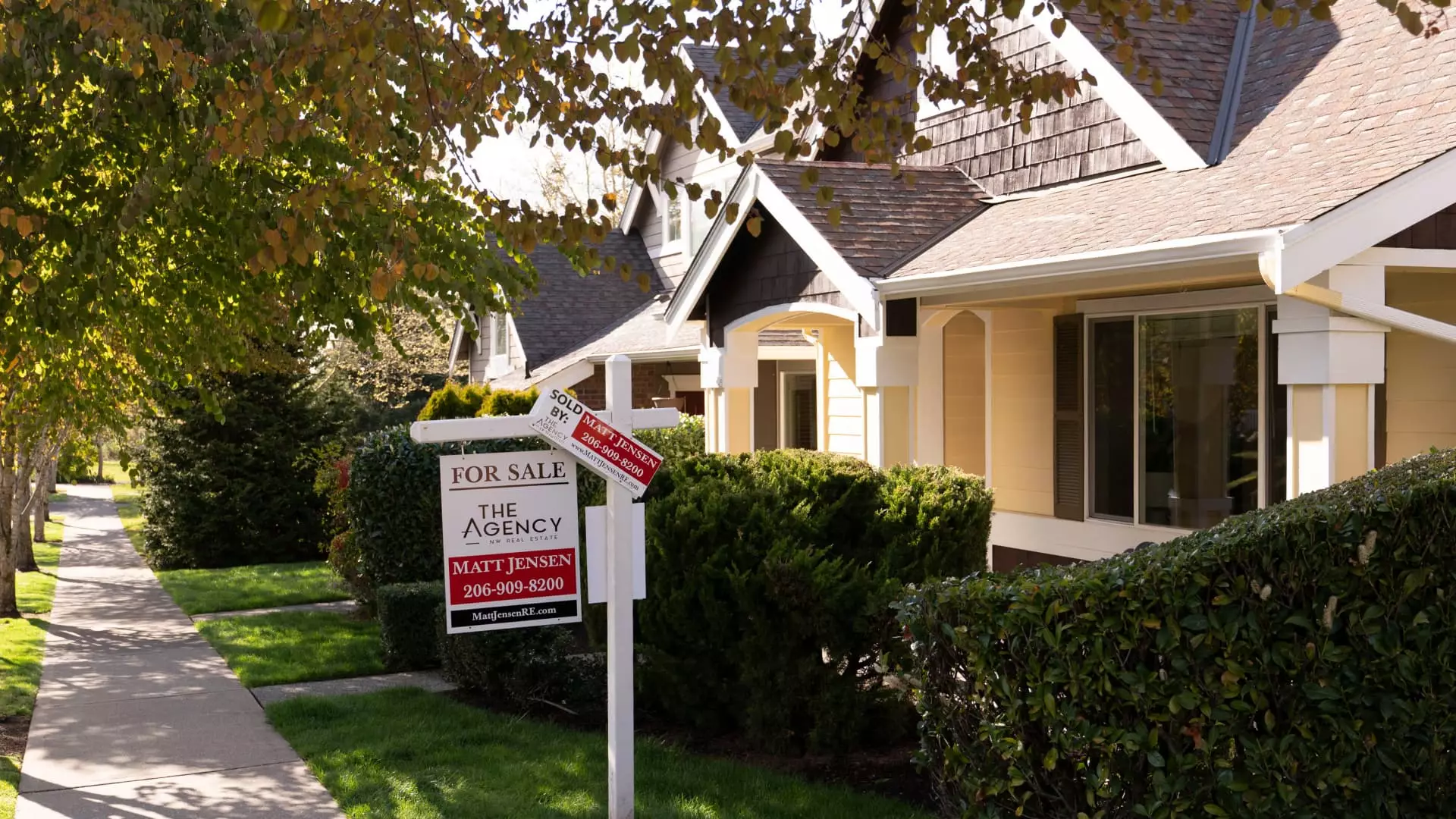The real estate market experienced a setback in April as sales of previously owned homes fell by 1.9% from the previous month, totaling 4.14 million units. This decline came as a surprise following the forecast of a slight gain in sales. The drop was also evident when compared to April of the previous year, marking a 1.9% decrease in sales volume.
The sales data is based on closings that likely stemmed from contracts signed in February and March. The primary factor contributing to the decline in home sales is the significant increase in mortgage rates. Rates surged at the beginning of February and remained around 7% for the subsequent two months, only to rise even higher in April. Lawrence Yun, chief economist for the Realtors, highlighted the impact of these soaring rates, indicating that the 300 basis point increase from pre-Covid levels has placed the market in uncharted territory.
The total housing inventory at the end of April stood at 1.21 million units, marking a 9% increase on a month-to-month basis and a 16% rise from the previous year. Despite this uptick in inventory, the supply levels remain tight, equating to just a 3.5-month supply at the current sales pace. For a balanced market between buyers and sellers, a six-month supply is typically considered ideal. Notably, the supply of homes priced above $1 million witnessed a substantial 34% year-over-year increase, driving heightened activity in this segment. In contrast, sales of homes priced below $100,000 experienced a 7.1% decline, while those priced over $1 million saw a significant 40% uptick.
Price Trends and Market Outlook
The constrained supply levels exerted pressure on home prices, resulting in a median price of $407,600 for existing homes sold in April. This figure represented a 5.7% increase compared to the previous year, marking another record high for April. With strong demand leading to multiple offers, 27% of homes were sold above their list price. While this surge in prices is favorable for current homeowners, Yun emphasized the need for price growth to moderate with the gradual increase in housing inventory.
First-time buyers exhibited a modest resurgence, accounting for 33% of home sales in April, up from 29% the previous year. Despite this increase, the share of all-cash transactions remained relatively high at 28% of total sales. Regionally, sales trends varied, with the Northeast experiencing a 4% decline both from the previous month and year, along with a notable price increase of 8.5% year over year. The Midwest witnessed a 1% decrease in sales month to month and year over year, with a median price of $303,600, marking a 6% increase from April 2023. In the South, sales dropped by 1.6% from March and 3.1% from the previous year, with a median price of $366,200, representing a 3.7% uptick from last year. Finally, the West saw a 2.6% decline in sales for the month, while posting a 1.3% increase from one year prior, with a median price of $629,600, reflecting a 9.3% rise from April 2023.
The decline in home sales in April underscores the impact of rising mortgage rates and limited housing inventory on the real estate market. While certain segments, such as high-priced homes, continue to demonstrate robust activity amidst increased supply levels, affordability challenges persist for lower-priced properties. Looking ahead, the moderation of price growth and stabilization of market conditions will be crucial in ensuring a balanced and sustainable housing market.

